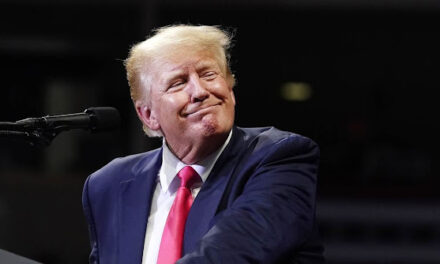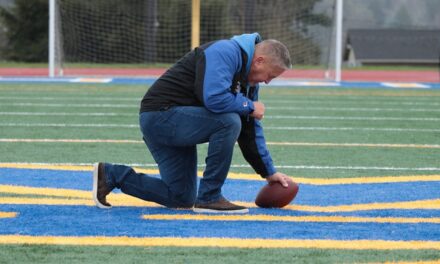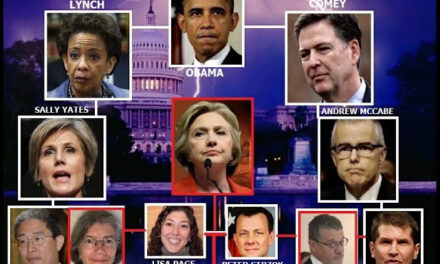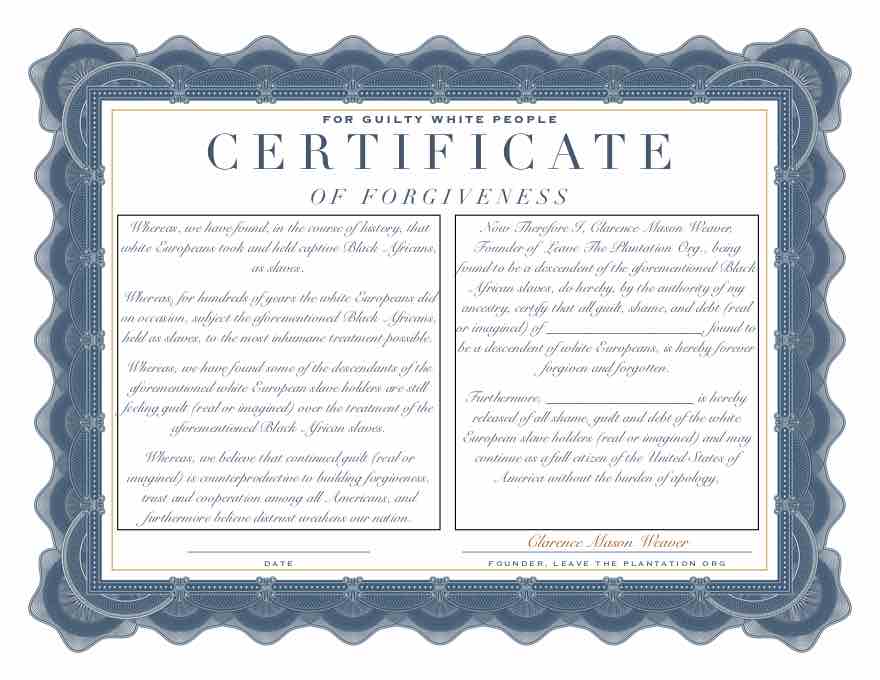LTP News Sharing:
With the good news that American cases of and casualties from coronavirus may be peaking, we are now faced with the sobering realization of what government has done that may have contributed to its spread. What’s worse, there also needs to be a reckoning of how the methods may have seriously violated our rights and freedoms.
In a commentary published by Issues & Insights, National Center President David A. Ridenour lays out the troubling news associated with the coronavirus response:
State and local governments are trampling our constitutional rights in the name of controlling the spread of the virus. And many Americans – including supposed civil libertarians – aren’t just failing to object, they are actually cheering it.
In particular, lamenting an apparent dual assault on assembly and religion found in orders to stop religious services, David writes:
Churches across America are being shuttered. New York Mayor Bill De Blasio threatened to permanently close any church or synagogue holding services in violation of his emergency order.
Surprisingly, most church leaders haven’t just failed to push back against these unambiguous First Amendment violations, but have embraced them. The few who have resisted, such as Tampa megachurch pastor Howard Browne, have been arrested.
The house of the Lord – a place of worship, Christian fellowship, comfort and refuge that has been open to all through two world wars, communist persecution and even past pandemics – is now only available to those with internet connections. Someday, a post-mortem on the church in America may list its subservience to government now as one of the leading causes of death.
On top of this egregious assault on liberty, David further chronicles day-to-day infringements on movement and assembly that have been imposed by governments:
Chicago Mayor Lori Lightfoot threatened individuals with arrest for going on runs and bike rides that police deem too long, while Rhode Island Governor Gina Raimondo sent the National Guard door-to-door to find fleeing New Yorkers and effectively place them under two-week house arrest.
The former example is even more galling considering the fact that Lightfoot was discovered to have received a haircut after closing salons and barbershops in the Windy City with that admonition that “[g]etting your roots done is not essential.” Yet, in her mind, it was for her, because she considered herself “the public face of the city” and had the simple desire that a lot of Americans do right now:
I felt like I needed to have a haircut. I’m not able to do that myself, so I got a haircut.
Tell that to someone in Washington, D.C., who might risk 90 days in jail and a $5,000 fine if they act similarly.
“All these restrictions,” David points out, “violate constitutional rights.” He explains:
The Supreme Court’s United States v. Carolene Products Company decision allows government regulations that infringe on fundamental rights in order to advance “compelling state interests,” but requires these regulations be narrowly tailored to achieve state interests by the least restrictive means possible.
State and local governments may be able to demonstrate that their infringements on civil liberties are for the greater good, but the data being used to project virus infection and mortality rates is unreliable so far because testing is still quite limited.
To make matters worse, a lot of these restrictions – which David estimates have affected around 297 million Americans – “probably can’t show they’re pursuing it in the least restrictive manner.”
David is supportive of a “herd immunity” approach to coronavirus. In this model, certain segments of the population – including the elderly and those with preexisting conditions – are protected while those in “essential” jobs and at lesser risk develop resistances to help cause the virus to die out. David describes how shutdown and shelter-in-place orders may sometimes have exactly the opposite effect of what is intended:
We also know that some of the lock-downs, such as mandated closings of colleges, have been counterproductive. Tens of millions of college students at low risk were sent home, some to virus hot spots, in contravention of Centers for Disease Control guidance. Additionally, some students kicked out of dorms were left with no place to go.
“Young people… quarantined with older people… probably [was] not the best public health strategy,” Governor Andrew Cuomo said. “The younger people could have been exposing the older people to an infection.”
Is all of this something to worry about? You bet! It’s not hard to figure out the implications:
The widespread violation of constitutional rights and the public’s enthusiastic embrace of it is alarming because, if it can so easily be implemented during a real crisis, it can be implemented during a manufactured one.
History is littered with examples of crises being used to curtail civil liberties. The Reichstag Fire, for example, was used by the Nazis to end Weimar Republic’s civil liberties and consolidate power.
To read all of David’s commentary – “March Madness Without the Basketball” – on the Issues & Insights website, click here.
Issues & Insights was created by the former editorial page staff of Investor’s Business Daily. It is described – by that staff – as “unapologetically free market and for limited government.”
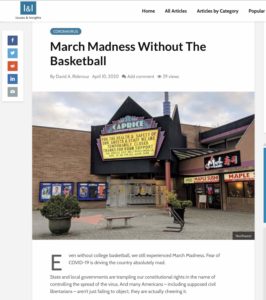
The post Coronavirus Restrictions Risk Liberty and Health appeared first on The National Center.
Go to Source
Author: David Almasi



